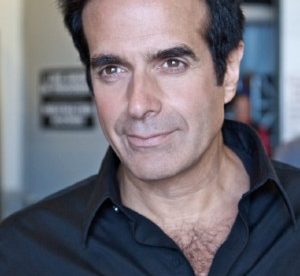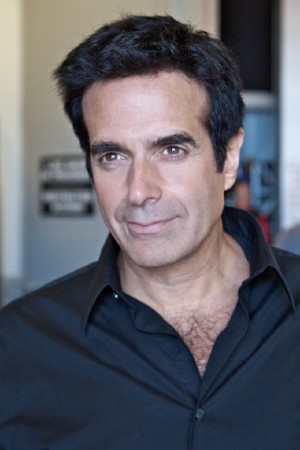Why You Don’t Mug a Magician


David Seth Kotkin, pictured above, is the most successful solo entertainer in history — his shows have grossed $4 billion over his forty-plus year career. You’ve most likely heard of him; his stage name is David Copperfield, and he’s certainly one of the world’s best known, and most recognizable, illusionists.
But not everyone knows who he is or what he looks like. And because of that, four teenagers likely went to jail.
On April 23, 2006, Copperfield and two assistants were walking back to their tour bus in West Palm Beach, Florida, after a post-performance dinner. A car pulled up alongside them and two younger gentlemen got out of the car. The magician and his entourage didn’t think much of it immediately; as Team Copperfield would say in a statement to People, at first they thought the teens “were just more people wanting autographs.” But, nope: they wanted more — money, phones, and anything else of value that the three had on them. And to drive the demand home, the muggers had guns pointed at Copperfield and his assistants.
Copperfield’s staffers handed over what they had — a passport, plane tickets, a cell phone, and cash totaling about $500 and €200. (Apparently, magician’s assistants carry a lot of cash.) But the muggers weren’t so fortunate when it came to Copperfield himself. He, they found, wasn’t carrying anything. He turned his pockets inside out revealing that they were empty: no cash, no cell phone, not even any forms of ID.
Well, not really. When the police arrived, they found that Copperfield had, in fact, been carrying his passport, phone, and wallet. He had simply used his decades of experience with sleight of hand to hide it all from the thieves — or, as he told the press, “call it reverse-pickpocketing.” He had fooled the criminals and saved himself a few hundred dollars in the process.
Copperfield would later admit that this was a “very stupid” idea — it was “a reflex that could have got [him] shot,” all over a bit of what, for him, is certainly a negligible amount of money. And it turned out to be totally unnecessary, regardless. Either he or one of his assistants (reports vary) was able to capture the license plate number of the muggers’ car. Using that information, police were able to identify the four teenagers and charge them with armed robbery — and to recover Copperfield’s assistants’ stolen items. But, let’s give credit where credit is due — what Copperfield did was dumb, it was dangerous, but it was very, very cool.
Bonus fact: Magic isn’t real, but sleight of hand can have a medical benefit of sorts. In 1982, Copperfield partnered with a California hospital to teach magic tricks to patients in hopes of building their self-confidence and self-image. What the hospital found was that even more was possible. Julie Dunlap, the hospital’s assistant director of occupational therapy, saw some OT benefits from the manipulation of cards and other objects and built a rehabilitation program around Copperfield’s work. Today, that program is called Project Magic and is accredited by the American Occupational Therapy Association. Project Magic, per Wikipedia, “is in use in over 1100 hospitals throughout 30 countries worldwide.”
From the Archives: Shuffled: If you shuffle a deck of cards, you’re creating a very rare permutation. Like, cosmically rare.
